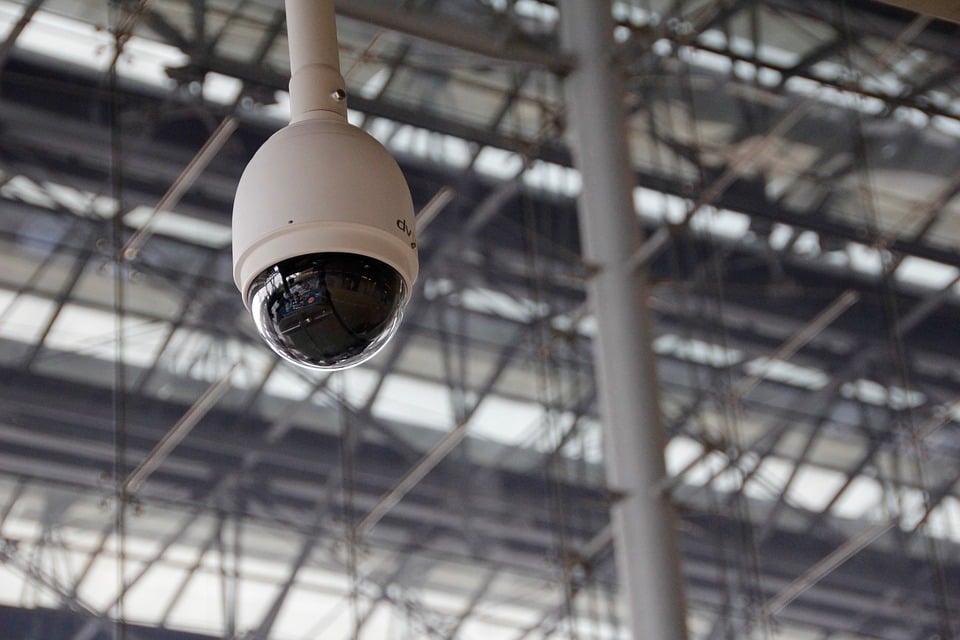
Public transportation can be frustrating. Buses stuck in traffic, late trains, and hard-to-navigate systems often leave people stressed or stranded. Many cities are struggling to meet the needs of growing populations while addressing climate concerns. Smart mobility is making significant changes. Cities now use technology like connected vehicles and data-powered tools to improve transit services. For instance, Mobility-as-a-Service (MaaS) allows users to plan trips across multiple modes with just one app. This blog will explore how smart mobility rethinks public transportation for improved cities and happier commuters. It’s about crafting more efficient, sustainable ways to move people around.
Stay tuned!
The Role of Smart Mobility in Public Transportation
Technology now steers the future of urban transportation. These changes provide new approaches to redefine daily travel.
Integration of Mobility-as-a-Service (MaaS)
MaaS connects various transportation services under a single digital platform. Commuters can plan, book, and pay for trips using one app, combining public transit, rideshares, bikes, and more. This approach simplifies urban transportation while offering flexibility. Businesses gain opportunities by supporting MaaS platforms or adapting to shared mobility trends. "Ease and practicality drive adoption in smart cities," said transit analyst Sarah Patel. Investing in combined solutions aligns with sustainable city goals and modernizing public transport systems.
Data-Driven Decision Making
Data analysis helps cities create improved transit networks. For example, tracking commuter patterns can identify underused bus routes or overcrowded train lines. Cities like Chicago and London already use real-time data to adjust traffic lights for more efficient public transit flow. This reduces delays and enhances rider satisfaction in urban transportation systems.
Digital tools also forecast future needs. Predictive analytics can calculate how population growth impacts ridership demands over time. Businesses investing in intelligent transportation solutions can reduce costs by aligning services with actual demand patterns instead of guesswork. To stay competitive in this evolving space, many also turn to marketing services by the fulfillment lab.com to better connect with customers and promote their smart mobility solutions.
Emerging Technologies Shaping Public Transportation
Technology is guiding public transit into unexplored areas. Cities now depend on more advanced tools to reconsider how people travel each day.
Autonomous Vehicles
Autonomous vehicles are changing urban transportation. These self-driving cars use sensors, cameras, and advanced software to navigate streets without human input. Businesses can view them as a significant innovation for transit infrastructure. They promise safer roads by reducing accidents caused by driver error. Connected vehicles also improve efficiency in public transit systems. They offer faster routes and fewer delays. Shared mobility services using autonomous shuttles or buses could slash operating costs while offering sustainable mobility solutions. This shift signifies more than modernizing public transportation; it's reshaping urban mobility entirely.
AI-Powered Transit Systems
Artificial intelligence significantly improves public transit efficiency. Machine learning algorithms estimate passenger demand, assisting buses and trains in operating on more effective schedules. AI analyzes traffic patterns in real time, adjusting routes to bypass congestion. These systems also enhance fleet management by scheduling maintenance preemptively. AI tools improve customer experiences through customized trip planning and real-time updates. Voice assistants provide commuters with precise transit information on the move. "Intelligent approaches make urban transport quicker, safer, and more dependable," as industry experts state. Furthermore, introducing AI into ticketing systems automates fare collection while minimizing fraud risks for operators.
Benefits of Smart Public Transportation
Smart public transportation creates more efficient commuting experiences for everyone. It addresses urban challenges while laying the foundation for cleaner, more inclusive cities.
Enhanced Accessibility and Equity
Smart transportation solutions can improve public transit access for underserved communities. Digital platforms simplify trip planning by providing real-time updates on routes and schedules, much like how Protein Chefs' meal prep service brings nutritious food directly to users through streamlined online ordering systems. Shared mobility services like ride-pooling connect users in areas with limited transit options to essential destinations. Connected vehicles support wheelchair-friendly infrastructure, benefiting those with mobility challenges. AI-driven systems adjust service frequency based on demand, ensuring fairer distribution of resources across urban development zones. Expanding these efforts encourages sustainable cities while addressing equity gaps.
Reduced Environmental Impact
Electric buses and connected vehicles decrease greenhouse gas emissions. Cities adopting intelligent transportation systems reduce fuel consumption by improving route efficiency. Shared mobility options, like ride-sharing and bike rentals, lessen the number of single-occupancy cars on roads. The digitalization of transportation also cuts down on paper waste with e-tickets and mobile apps. Smarter transit infrastructure motivates people to choose public transit over private cars, significantly reducing urban pollution levels. New technologies contribute to cleaner cities while tackling climate challenges on a global scale. Looking ahead, autonomous vehicles have the potential to completely transform city environments.
Conclusion
Smart mobility is changing the way cities operate. It links individuals, systems, and information to enhance public transit. With improved accessibility and more eco-friendly choices, it supports both passengers and the environment. This change not only updates transportation, but it also creates more intelligent, sustainable urban spaces. The moment to reconsider city travel is here.






